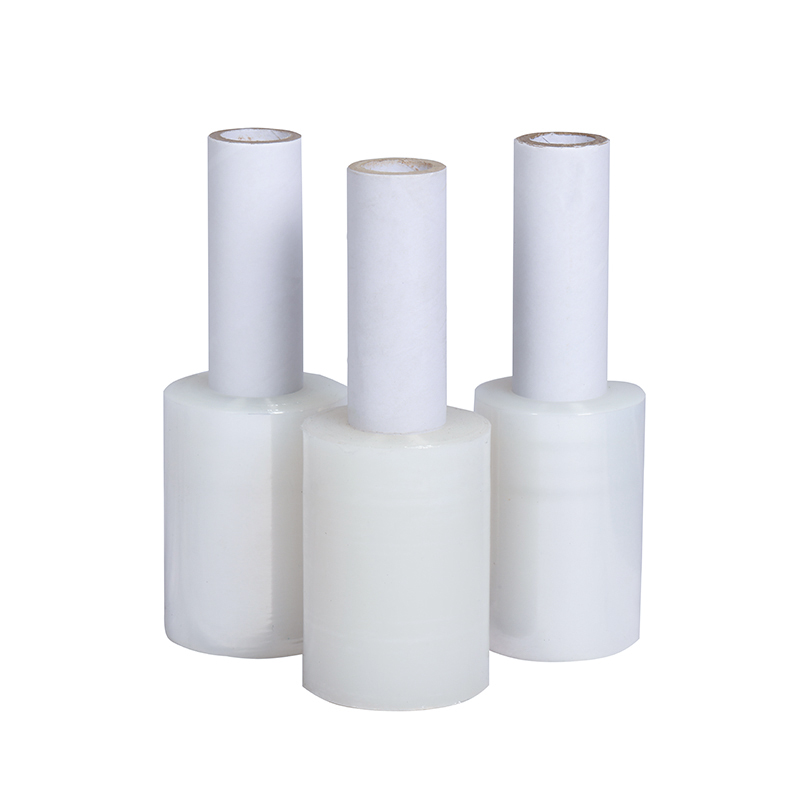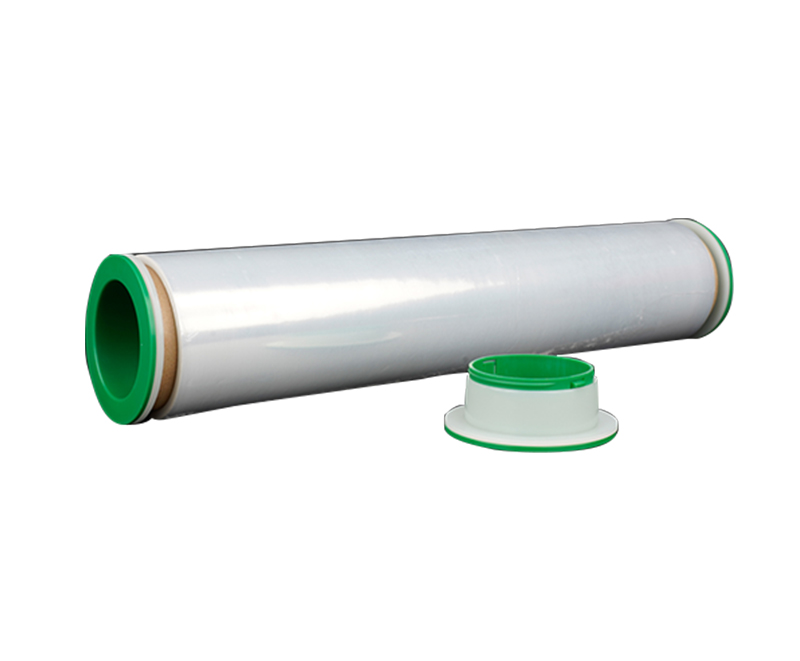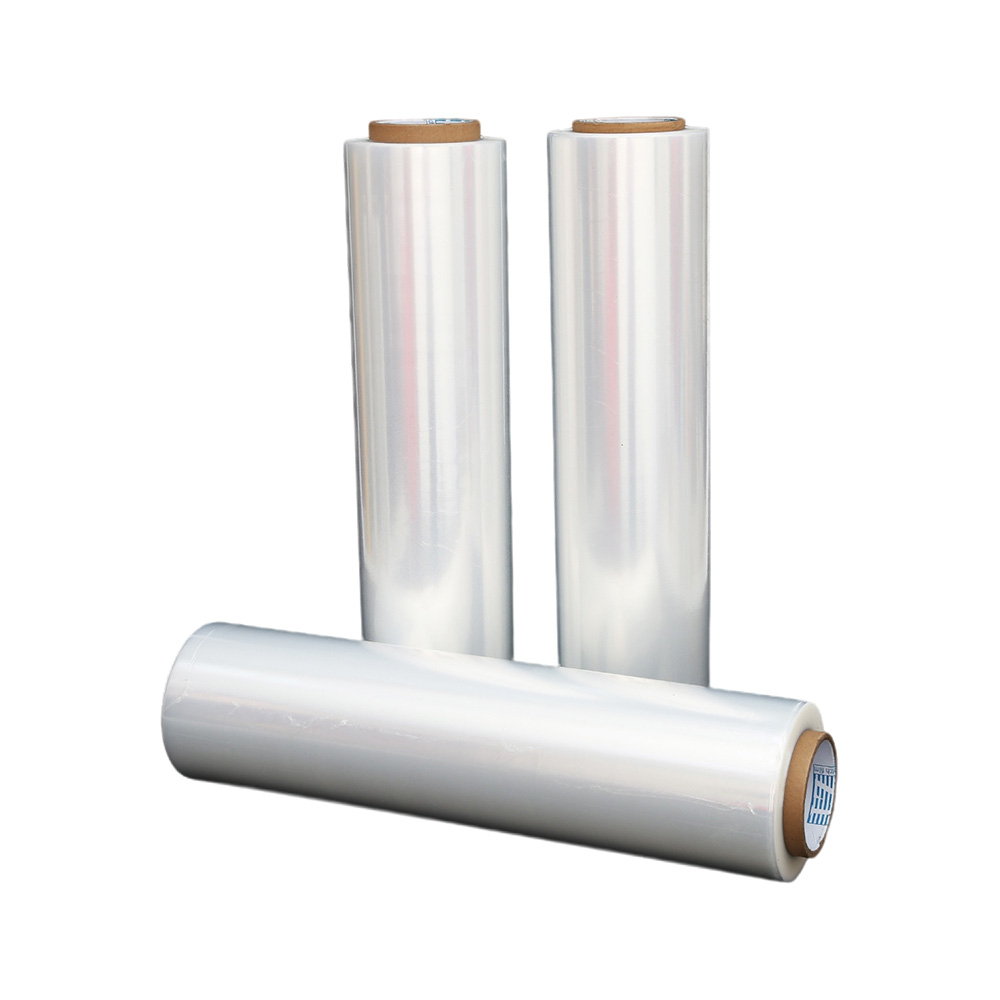Pre Stretch Film vs Stretch Film: Understanding the Differen
Source:Pre Stretch Film vs Stretch Film: Understanding the DifferenTime:2024-12-27Visitors:
Introduction
In the competitive landscape of packaging solutions, selecting the right type of film is crucial for ensuring product integrity, cost-efficiency, and operational effectiveness. Two prominent options that businesses often consider are pre stretch film and stretch film. While both serve the fundamental purpose of securing products during storage and transportation, they possess distinct characteristics that make them suitable for different applications. Understanding the differences between pre stretch film and stretch film is essential for making informed decisions that align with your packaging needs. This article explores the nuances of both films, highlighting their unique benefits and helping you determine which is the optimal choice for your business.
What is Pre Stretch Film?
Pre stretch film is a specialized type of stretch film that undergoes an initial stretching process before it is applied to products. This pre-stretching enhances the film's elasticity and strength, making it more effective in securing heavy or bulky items. The manufacturing process of pre stretch film involves stretching the film mechanically, which aligns the polymer molecules and increases the film's tensile strength. This results in a film that can provide superior load stability and protection against environmental factors.
Pre stretch film is commonly used in industries that require robust packaging solutions, such as manufacturing, automotive, and heavy machinery sectors. Its ability to maintain tension over extended periods makes it ideal for palletizing large quantities of goods, ensuring that products remain tightly bound during transit. Additionally, pre stretch film is favored in applications where minimizing material usage without compromising on strength is a priority, contributing to cost savings and environmental sustainability.
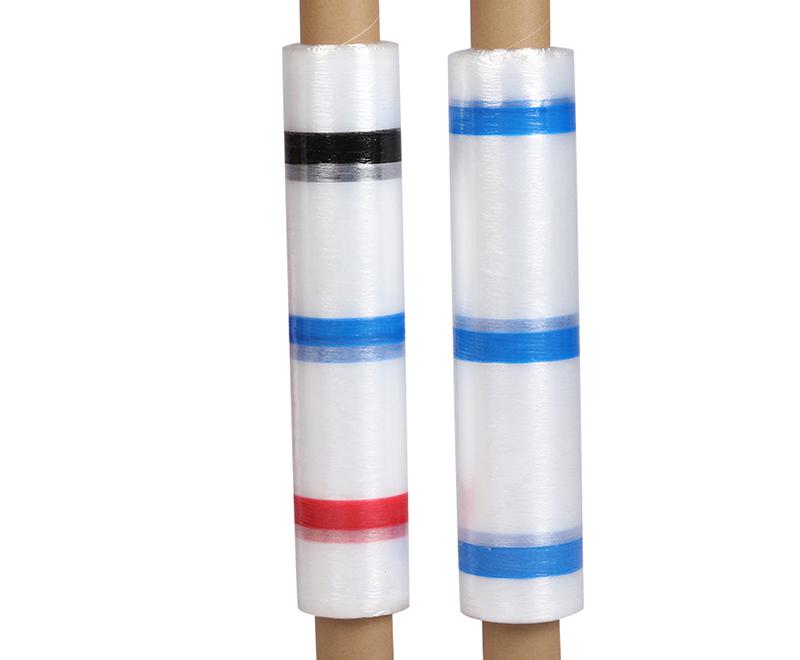
What is Stretch Film?
Stretch film, often referred to simply as stretch wrap, is a versatile packaging material designed to secure products on pallets and bundles. Unlike pre stretch film, standard stretch film is not pre-stretched before application. Instead, it relies on manual or machine stretching during the wrapping process to achieve the desired tension and cling properties. The primary material used in stretch film is polyethylene, which provides flexibility and durability.
Stretch film is widely used across various industries, including logistics, retail, and food processing. Its adaptability allows it to conform to a wide range of product shapes and sizes, making it a preferred choice for securing everything from small boxes to large containers. The ease of application, whether through manual dispensers or automated wrapping machines, makes stretch film an efficient solution for high-volume packaging operations. Furthermore, stretch film is available in different grades and thicknesses, allowing businesses to select the appropriate type based on their specific packaging requirements.
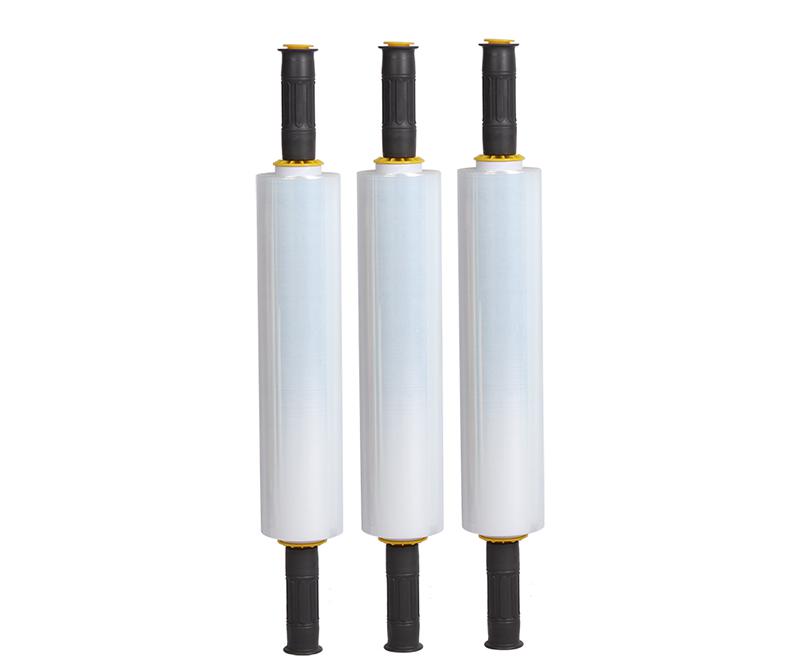
Key Differences Between Pre Stretch Film and Stretch Film
The primary distinction between pre stretch film and stretch film lies in their application and performance characteristics. Pre stretch film is mechanically pre-stretched before application, which enhances its tensile strength and elasticity. This pre-stretching process aligns the polymer molecules within the film, resulting in a material that offers superior load stability and puncture resistance. Consequently, pre stretch film is more effective in securing heavy or bulky items, providing a tighter and more secure wrap.
In contrast, standard stretch film is not pre-stretched. Instead, it relies on the tension applied during the wrapping process to achieve the desired cling and stability. While stretch film is highly versatile and suitable for a broad range of packaging applications, it may not provide the same level of strength and durability as pre stretch film when dealing with particularly heavy or awkwardly shaped items.
Another key difference is the cost implication. Pre stretch film typically has a higher initial cost due to the additional stretching process involved in its production. However, its enhanced properties can lead to longer usage periods and reduced material consumption, resulting in cost savings over time. Stretch film, being more straightforward in its production, is generally more cost-effective upfront but may require more frequent replacement in high-stress applications.
Environmental considerations also play a role in the differentiation between the two films. Pre stretch film, with its increased tensile strength, can achieve the same level of load stability with less material, making it a more sustainable option in terms of material usage. Stretch film, while versatile, may lead to higher material consumption in scenarios where maximum strength and durability are required.
Advantages of Pre Stretch Film
Pre stretch film offers several advantages that make it a superior choice for specific packaging needs. Its enhanced durability and puncture resistance are particularly beneficial in applications involving heavy or sharp-edged products. The pre-stretched nature of the film ensures that it maintains consistent tension around the load, reducing the risk of product movement and damage during transit. This stability is crucial for maintaining the integrity of products, especially in industries where product safety is paramount.
Cost-effectiveness is another significant advantage of pre stretch film. Although the initial investment may be higher, the film's superior properties often lead to reduced material usage and longer roll life. This efficiency translates into lower overall packaging costs, particularly in high-volume operations where large quantities of goods are wrapped regularly. Additionally, the pre-stretched film's ability to provide a secure hold with fewer layers contributes to material savings and minimizes waste.
Environmental sustainability is increasingly important for businesses, and pre stretch film aligns well with these values. Its ability to achieve optimal load stability with less material usage means a smaller environmental footprint compared to standard stretch film. By reducing the amount of plastic required for packaging, pre stretch film supports more sustainable packaging practices, which is a growing consideration for environmentally conscious businesses.
Advantages of Stretch Film
Stretch film is renowned for its versatility and ease of use, making it a popular choice across a wide range of industries. One of the primary advantages of stretch film is its adaptability in handling various product sizes and shapes. Whether dealing with small packages or large, irregularly shaped items, stretch film can be easily adjusted to provide the necessary cling and tension, ensuring a secure wrap every time.
The flexibility in application methods is another key benefit of stretch film. It can be applied manually using dispensers or through automated wrapping machines, allowing businesses to choose the method that best suits their operational needs. This adaptability makes stretch film an efficient solution for both small-scale and large-scale packaging operations, providing consistent results regardless of the application method.
Moreover, stretch film offers superior cling properties, which contribute to its effectiveness in securing products. The film's ability to adhere tightly to itself and the products being wrapped ensures that it stays in place, even under challenging conditions such as rough handling or transportation over long distances. This clinginess not only enhances load stability but also reduces the need for additional wrapping layers, leading to faster packaging times and increased productivity.
Choosing the Right Film for Your Packaging Needs
Selecting between pre stretch film and stretch film requires a thorough understanding of your packaging requirements and operational dynamics. Several factors should be considered to make an informed decision. Firstly, the dimensions and weight of your products play a crucial role in determining the appropriate film type. For heavy or bulky items, pre stretch film's enhanced tensile strength and durability make it the optimal choice, ensuring that the load remains stable and secure during transit.
The volume and scalability of your packaging operations also influence film selection. High-volume environments benefit from the cost-effectiveness and material efficiency of pre stretch film, as it allows for faster and more consistent wrapping with less material waste. On the other hand, if your packaging needs are more varied or involve smaller quantities, standard stretch film's versatility and ease of use may be more advantageous.
Environmental considerations are increasingly important in packaging decisions. Pre stretch film's ability to achieve load stability with less material aligns with sustainable packaging practices, making it a more eco-friendly option. However, if environmental sustainability is a priority for your business, both pre stretch film and stretch film can be chosen based on their material efficiency and recyclability.
Consulting with packaging experts can provide valuable insights tailored to your specific needs. At Zhiteng Packing, we understand the intricacies of different packaging films and can assist you in selecting the right type of film to enhance your packaging processes, reduce costs, and improve product protection. Our expertise ensures that you receive a solution that is both effective and economically viable, tailored to your unique business requirements.
Best Practices for Using Pre Stretch Film and Stretch Film
To maximize the benefits of both pre stretch film and stretch film, it is essential to adopt best practices in their usage. Proper storage and handling are fundamental to maintaining the quality and performance of the films. Pre stretch film should be stored in a cool, dry environment away from direct sunlight and extreme temperatures, as excessive heat or moisture can degrade the film's properties. Similarly, stretch film should be kept in a well-ventilated area to prevent condensation and ensure that it remains in optimal condition for application.
Efficient application techniques are crucial for achieving the best results with both types of film. For pre stretch film, maintaining consistent tension during wrapping ensures that the load remains stable and the film maintains its integrity. Automated wrapping machines should be calibrated correctly to apply the right amount of tension and overlap, preventing sagging or excessive material usage. Regular maintenance of packaging equipment is also important to prevent film tearing or jamming, which can disrupt the packaging process and lead to increased material waste.
For stretch film, proper dispensing techniques can enhance its effectiveness and extend its lifespan. Using the appropriate stretch film grade for your specific application ensures that the film provides the necessary cling and elasticity without overstretching or breaking. Training employees on correct film handling and application methods can significantly improve packaging efficiency and reduce errors, leading to more consistent and reliable packaging outcomes.
Regular quality assurance checks are also essential to ensure that the films are performing as expected. Inspecting wrapped loads for proper tension, coverage, and stability helps identify any issues early on, allowing for adjustments to be made to the wrapping process. By adhering to these best practices, businesses can optimize their packaging operations, enhance product protection, and achieve greater cost-efficiency.
Conclusion
Understanding the distinctions between pre stretch film and stretch film is fundamental to optimizing your packaging processes and ensuring the protection and integrity of your products. Pre stretch film offers enhanced durability, puncture resistance, and cost-effectiveness, making it ideal for securing heavy or bulky items in high-volume operations. On the other hand, stretch film provides unparalleled versatility, ease of use, and superior cling properties, making it a preferred choice for a wide range of packaging applications.
Choosing the right film involves a careful assessment of your packaging needs, product dimensions, operational volume, and environmental considerations. By making informed decisions and adhering to best practices, businesses can enhance their packaging efficiency, reduce costs, and ensure that their products remain secure and intact during transit and storage.
At Zhiteng Packing, we specialize in providing high-quality packaging solutions tailored to meet the diverse needs of businesses across various industries. Whether you require the robust protection of pre stretch film or the versatile application of stretch film, our expert team is dedicated to helping you find the optimal packaging solution. Partner with us to elevate your packaging processes, ensuring that your products are well-protected, cost-efficiently packaged, and ready to meet the demands of your market.Recommended Products
Ranked in the same article
- how to use the stretch film technology to r
- How can we get detailed price list?
- Five common quality problems of PE protecti
- Plastic film degradation
- How to guarantee punctual shipment for our
- Gauge to Micron and Millimetre Conversion G
- What is the difference between stretch film
- Testing the permeability of stretch film
- Stretch film temperature requirements
- Electrical wire film VS electrostatic film
- Why insufficient transparency of stretch w
Latest news articles
- The Influence of Stretch Film Thickness on
- Factors That Affect the Stretching Function
- What Is Red Stretch Film and What Are Its B
- The use of pe stretch film
- PE vs PVC Stretch Film: A Comprehensive Gui
- PE stretch film how to cut?
- Testing the permeability of stretch film
- Exploring the Versatility of PE Stretch Fil
- What Is the Difference Between Shrink Wrap
- Stretch Film Wrap: Exploring Its Advantages
- What is Stretch Film Used For?

